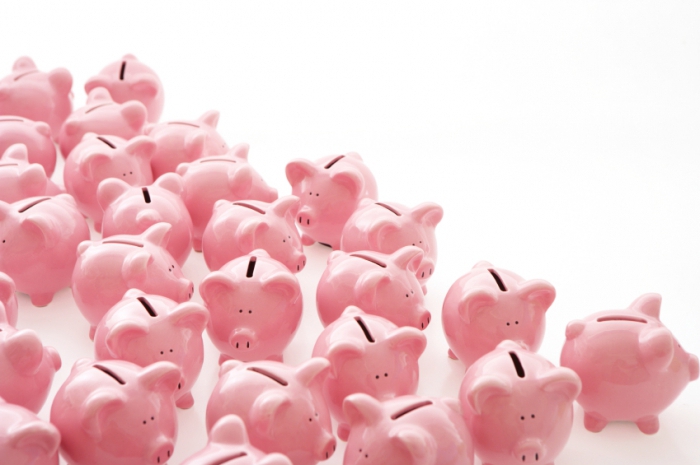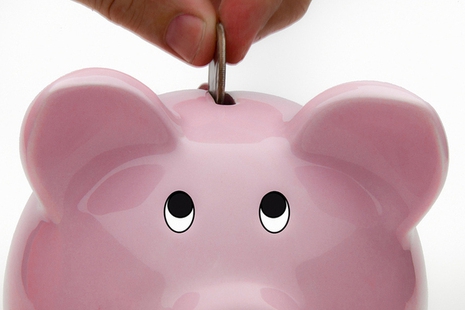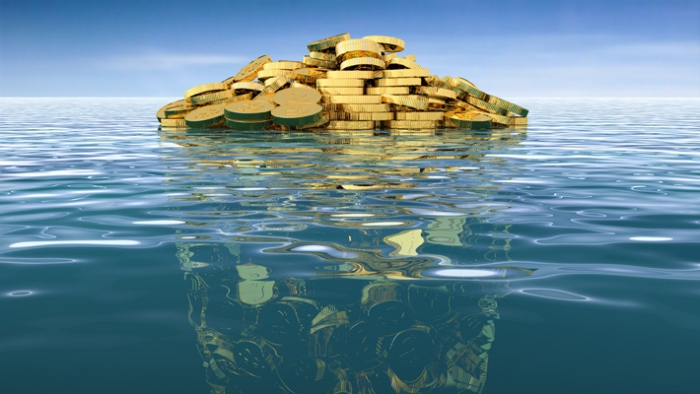Material costs - it's costs for a certain period of time, which are documented, economically justified and those that fully transfer the cost of selling products during this period.
Main classification
There are such types of expenses:
- costs of raw materials;
- on the labor of workers;
- capital expenses (depreciation, rent);
- funds spent on production services (insurance, mail, transport);
- special expenses (deductions and taxes).

In the modern economy, there are several classifications of expenses.
By type, the following types of expenses are found:
- Singleton. This includes raw materials, resources and labor costs.
- Overhead or indirect. These include taxes, depreciation, various deductions, administrative expenses. This type is superimposed separately on each product in order to calculate the size that costs constitute.
- Special costs. These are the costs of making models, transportation and postage, as well as bonuses or commissions to employees.
Expenditure
The individual items that characterize certain types of costs are items of expenditure.
Based on the places of origin, there is such a classification of types of expenses:
- costs of raw materials, materials, staff and premises;
- production costs, individual amounts for wages;
- administrative costs that arise in the administrative apparatus;
- sales costs.

Types of expenses based on attitude to employment:
- variable costs depending on the volume of production;
- fixed or fixed costs that are independent of the ratio of production (rent, taxes, depreciation).
All types of expenses are necessarily recorded at enterprises and organizations.
Cost items in accordance with the volume of production are divided into:
- Proportional expenses. They correspond to the volume of production. For example, such as funds for the procurement of basic and auxiliary material.
- Excessive costs arise in cases of overtime hours for workers or overloading machines. In this case, the costs exceed the volume of production.
- Subproportional costs arise when it comes to bulk purchases or other mass actions in production.
Budget expenses
Budget expenditures - this is part of the money that is aimed at financially supporting the functions, as well as some of the tasks facing the state or local governments.
Accounting for budget expenditures at all levels is based on a unified methodological basis, budgetary provision standards, as well as cash costs for the provision of public services, which are established exclusively by the government of the Russian Federation.
Classification
Based on the economic content, the types of budget expenditures are capital and current.
Capital expenditures serve to ensure innovation and investment. They include:
- investment costs that are made in existing structures or newly created;
- funds that are provided as a budget loan to legal entities;
- repair costs or expenses related to the modernization or improvement of equipment;
- expenses due to which the property of the Russian Federation or its municipal institutions, as well as other entities, is expanding;
- other expenses that are included in capital expenditures of Russia in accordance with the official economic classification and applicable law.
The development budget is formed as part of capital expenditures.
Current budget expenditures are necessary in order to ensure the current functioning of local governments, state authorities, and any budget organizations. They are also intended for state support of entire sectors of the economy. For this, subsidies, subsidies, subventions and so on are created. This category also includes some budget expenditures that are not included in the capital category.
Reserve fund
The expenditure side of budgets at all levels of the budget system of the Russian Federation provides for reserve funds. The size of this fund does not exceed 3% of the approved costs of the federal budget.
Funds from the contingency fund are spent in unforeseen emergencies. These include: emergency recovery work after natural disasters, emergency situations at enterprises that entail terrible consequences. The procedure for spending this fund is regulated by regulatory acts of the Government of Russia.
When new types of expenses appear, their financing is made at the beginning of the next fiscal year and only if they are included in the budget. When establishing sources of financing, the option of increasing budget deficit funds.
Forms of budget spending
The provision of budget funds takes the following forms:
- appropriations for the maintenance of municipal organizations and budgetary institutions;
- funds to pay for services and work that are performed by individuals and legal entities under municipal contracts;
- transfers for the population, social payments to citizens;
- appropriations for certain state powers, which are transferred to subsequent levels of government;
- appropriations for the compensation of unplanned expenses that arise as a result of decisions taken by the government;
- loans to foreign countries;
- funds to pay off state or other municipal debts;
- budget loans for legal entities, including tax loans, deferred payments or other obligations;
- subventions, subsidies for legal entities and individuals;
- budget loans subsidies, subventions, subsidies for budgets of other levels or state extra-budgetary funds of the Russian Federation.
Material costs
Material costs for the purpose of calculating income taxes are divided into:
- those that are used to purchase raw materials, materials that are used in the manufacture of products or the provision of services;
- those that go for the purchase of materials for packaging of goods, pre-sale preparation, as well as for testing or quality control;
- those that provide tools, equipment, devices, work clothing and other means for individual and collective protection, which are provided for by law;
- providing components, as well as products that are being installed, or semi-finished products that undergo additional processing by the taxpayer;
- those that allow you to purchase fuel, water and energy of all kinds, which is spent on space heating, increase production capacity;
- those that allow you to use extraneous services: transport, freight, mail, product quality control, etc .;
- related to the preservation of the environment: the destruction of hazardous waste, wastewater treatment, payment for permissible emissions.
Material costs are cash that covers production costs.
Direct expenses
Spent funds that are associated with the production of certain goods and relate to their cost are called direct costs.For industrial organizations, these are wages for workers, basic materials, resources, raw materials, semi-finished products, fuel energy and so on.
For agriculture, these are funds for labor compensation, social insurance, planting stock (seedlings, seeds), feed, fertilizer, and transportation costs.
In capital construction, direct costs include salaries for workers, expenses on materials and raw materials, purchase of parts and building structures. This includes the costs of operating construction machines and other mechanisms.
There are direct costs for scientific organizations. These include: the purchase of special equipment for scientific and experimental work, salaries, costs of work that is performed by outside organizations or enterprises.
Organization expenses
The decrease in economic benefits associated with the disposal of assets (in the form of money or other valuable property), as well as the emergence of liabilities that lead to a decrease in capital, is called the organization’s expenses.
Types of expenses of the enterprise are divided into assets and liabilities. Assets are capable of generating profits in the future, liabilities are not capable.
Organization expenses are not:
- non-current and intangible assets;
- purchase of securities;
- financial investment in other organizations;
- repayment of loans;
- advance payment for work or services.








